Iran’s presidential election is a close race between a moderate candidate and a hardline former nuclear negotiator. The election has seen low voter turnout due to widespread dissatisfaction with the economy and social restrictions.
So far, over 14 million votes have been counted. Moderate candidate Massoud Pezeshkian has received over 5.9 million votes, while his hardline opponent Saeed Jalili has secured more than 5.5 million votes, according to early results from the interior ministry.
Low Turnout and Possible Run-off
Turnout is estimated at around 40%, lower than expected. Many polling stations in Tehran and other cities reported low activity. If no candidate wins more than 50% of the votes, a run-off election will be held between the top two candidates.
Regional Tensions and Election Impact
The election takes place amid rising tensions in the Middle East, including conflicts involving Israel and Iranian allies in Gaza and Lebanon, and increased pressure on Iran over its nuclear program.
While the election may not lead to major policy changes, it could influence the future leadership of Iran. The clerical leaders hoped for high voter turnout to strengthen their legitimacy, despite public frustration with economic problems and social restrictions.
Candidates and Their Positions
The next president is unlikely to change Iran’s nuclear policies or its support for regional groups, as these decisions are controlled by the supreme leader. However, the president can influence daily government operations and set the tone for foreign and domestic policies.
Pezeshkian promotes better relations with the West, economic reforms, and social liberalization. Jalili, on the other hand, opposes the West and may take a more hardline approach.
Limited Choices and Public Sentiment
This election had a limited field of candidates, all approved by a hardline watchdog body. Out of 80 initial candidates, only six were allowed to run, and two hardline candidates dropped out.
Reports indicate that a run-off between Jalili and Pezeshkian is likely. Critics say the low turnout shows declining trust in the system, with only 48% voting in the 2021 presidential election and a record low of 41% in a recent parliamentary election.
Divided Voters and Future Prospects
Pezeshkian, though supportive of Iran’s theocratic rule, is backed by the sidelined reformist faction. He has called for humane enforcement of the hijab law, referencing the death of Mahsa Amini in 2022, which sparked significant unrest.
Pezeshkian aims to motivate reform-minded voters who have stayed away from the polls in recent years, while also benefiting from a divided hardline vote.
In the lead-up to the election, many Iranians used the hashtag #ElectionCircus on social media to call for a boycott, arguing that a high turnout would only legitimize the current system.

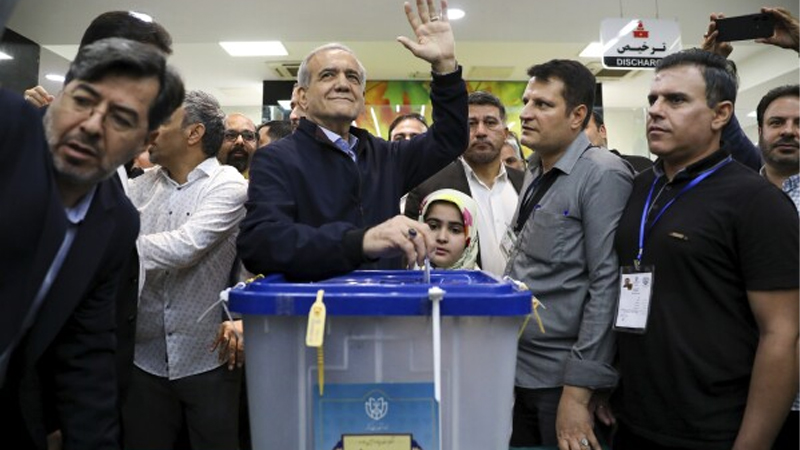
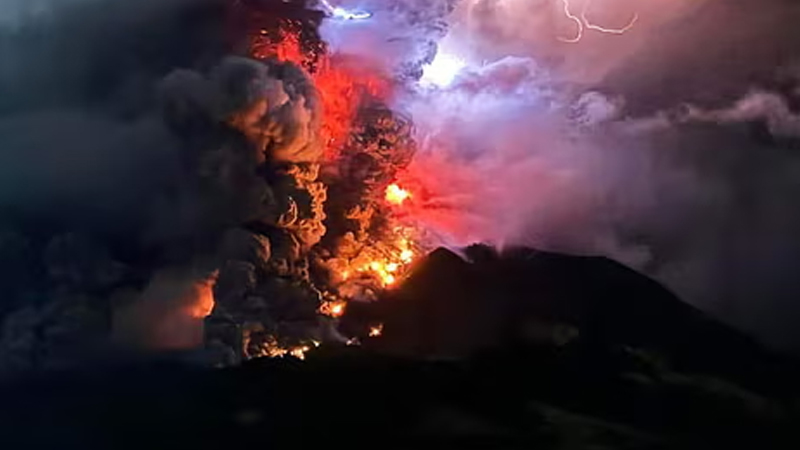
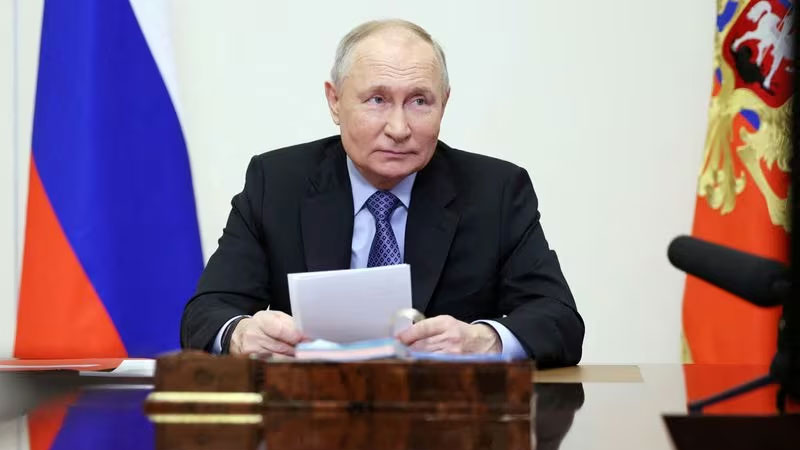
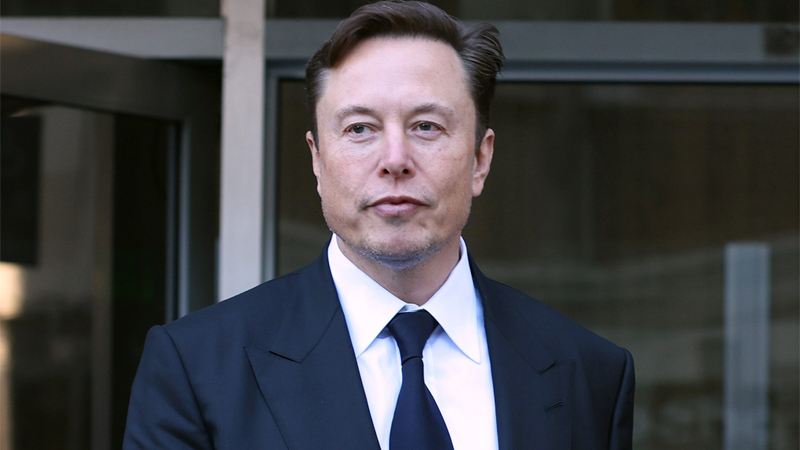
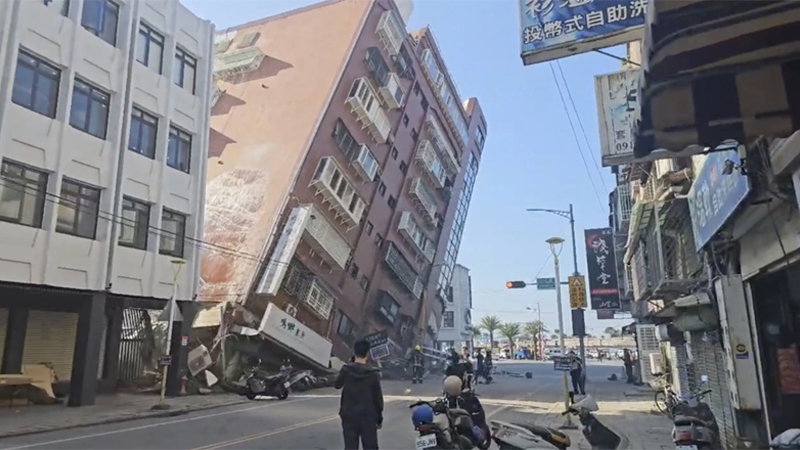


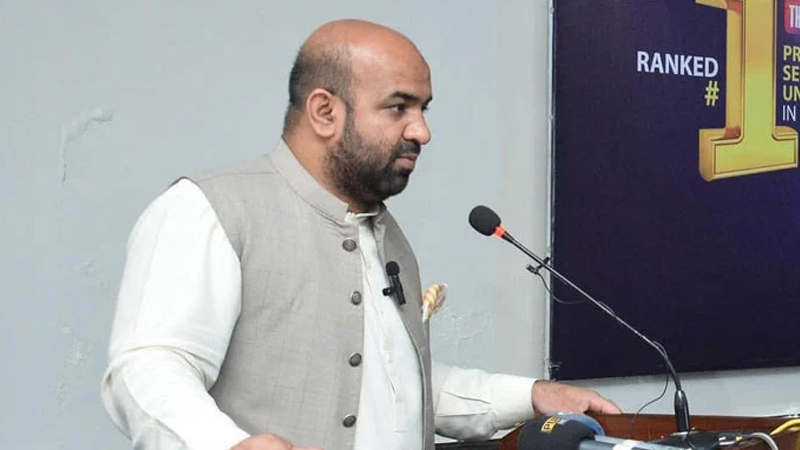
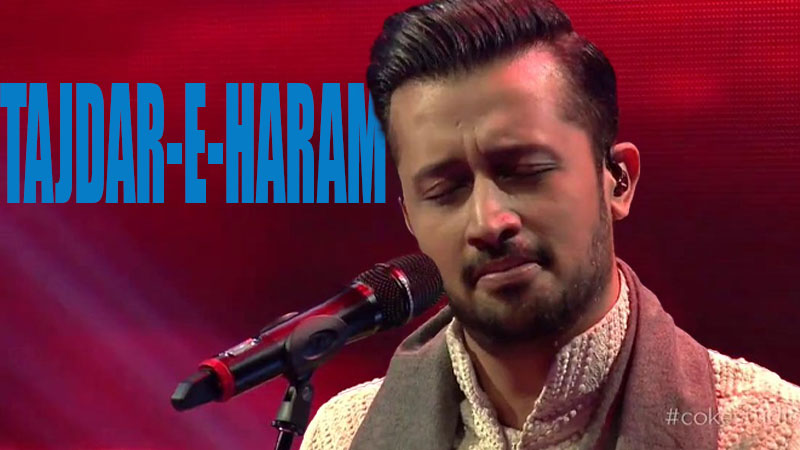
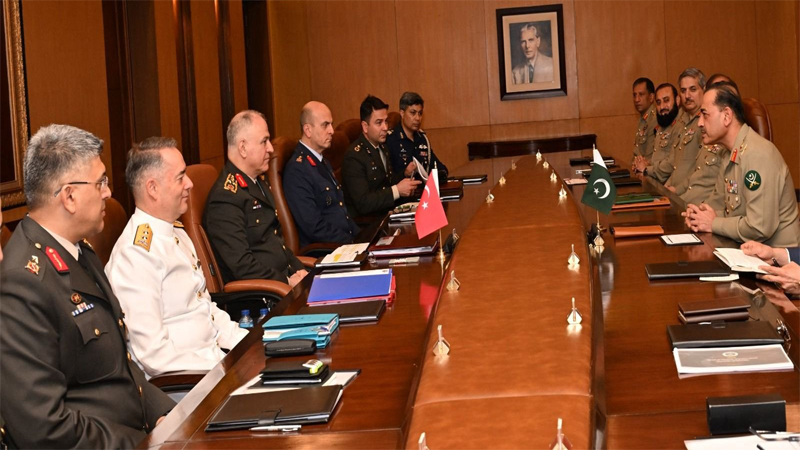
Leave a Reply